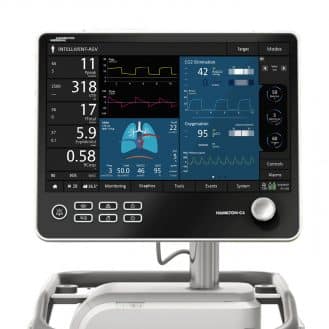The material from which surgical forceps are made is of the utmost importance. Forceps can be made of stainless steel, titanium, tungsten carbide, tantalum, platinum, palladium, or plastic. Here are the characteristics of each of these materials:
- Stainless steel: Stainless steel forceps are the most common. Stainless steel is effective against instrument corrosion and can withstand temperatures of up to 400°C. Several grades of stainless steel are available:
- Austenitic steel 316: This steel is very strong and corrosion-resistant. It is commonly known as “surgical steel”.
- AISI 301: This is the most common grade.
- Titanium: Titanium is 100% antimagnetic, corrosion-resistant, light, and strong.
- Tungsten carbide: Tungsten carbide is harder than stainless steel. Surgical instruments with tungsten carbide handles offer a stronger grip and last longer. Tungsten carbide instruments generally have gold-plated handles.
- Tantalum: Strong and ductile for the manufacture of surgical forceps, this material is characterized by its high biocompatibility. It is immune to body fluids and is also highly corrosion-resistant, so it can be used in surgery without causing adverse effects. It is mainly used in orthopedic surgery.
- Platinum and palladium: These two materials have similar properties. They are malleable and ductile, making them suitable for the manufacture of precision surgical instruments. They are also particularly corrosion-resistant. However, they are very expensive.
- Plastic: Plastic is only used for disposable surgical forceps.














